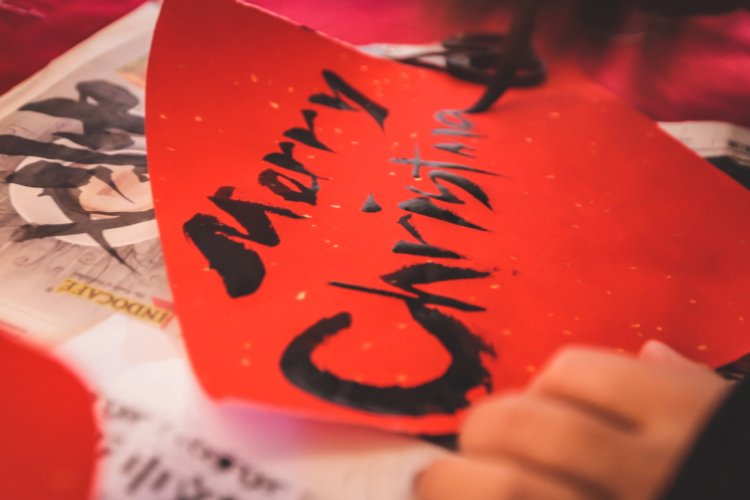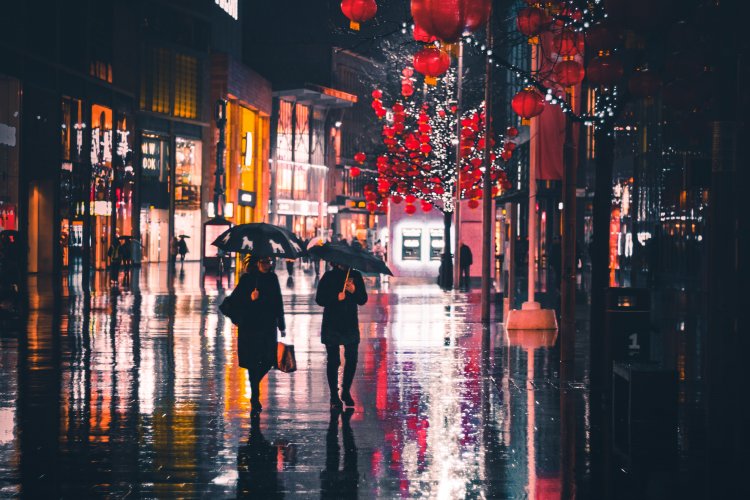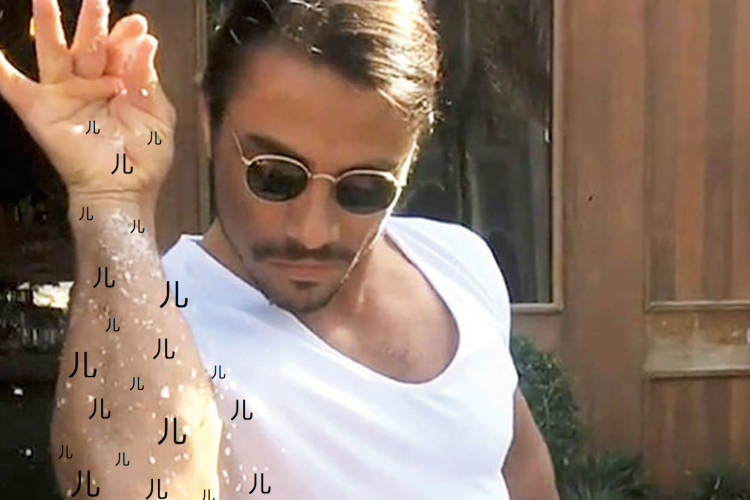Mandarin Monday: 8 Emperor-Approved Sightseeing Spots in Beijing
Mandarin Monday is a weekly column where we help you improve your Chinese by detailing learning tips, fun and practical phrases, and trends.
Earlier this week, we reported that Yanjing launched its own craft beer line, hoping to appeal to a younger crowd and a new generation of consumers who tend towards emerging local and international craft beer labels. In keeping with its unofficial position as Beijing's hometown brew, however, Yanjing chose to name its new products after eight historical Beijing sightseeing spots.
In fact, the name Yanjing itself provides a bit of a Beijing history lesson. As part of 燕国 yān guó – the Yan State – during the Warring States period, Beijing used to be called 燕京 yān jīng, which is why these eight historical landmarks are generally referred to as 燕京八景 yān jīng bājǐng – the eight sightseeing spots of Yanjing, AKA Beijing. The idea of designating eight such spots dates back roughly 1,000 years to the Jin dynasty and was cemented during the Qing dynasty when Emperor Qianlong saw an opportunity to show off his calligraphy skills by inscribing text onto a stone tablet at each of the spots.
Get ready to ogle at this octet of Beijing's finest.
太液秋风 tài yè qiūfēng The autumn waves of the imperial lake

太液秋风 refers to the 3 lakes on the left-hand side of the Forbidden City: Beihai, Zhonghai, and Nanhai. As part of the imperial garden, countless royal members have enjoyed its gentle waves and breathtaking view of red leaves during autumn. The inscribed tablet sits in the Pavilion of Water and Cloud on the east bank of Zhonghai.
Beihai Park 北海公园
1 Wenjin Jie Xicheng District 西城区 文津街1号 (6403 1102)
Daily 6.30am-8pm (Nov-March); 6am-9pm (April, May, Sept, Oct); 6am-10pm (June-Aug)
琼岛春荫 qióng dǎo chūn yīn The spring shade of the Island of Jade
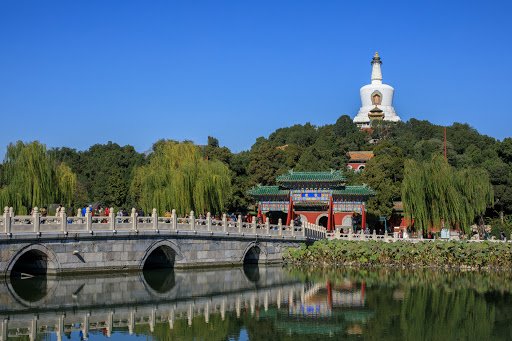
This one won’t require you to travel far from your last destination since the Island of Jade is located in the heart of Beihai, and the iconic white pagoda takes center stage. During the springtime, the tower hides behind the green shade of the overhanging trees. The inscribed tablet at this site sits right in front of a palace on the west side of the island.
Beihai Park 北海公园
1 Wenjin Jie Xicheng District 西城区 文津街1号 (6403 1102)
Daily 6.30am-8pm (Nov-March); 6am-9pm (April, May, Sept, Oct); 6am-10pm (June-Aug)
金台夕照 jīn tái xìzhào The sunset cast on the golden pavilion

The exact location of where this spot originally stood remains unknown. One of the mainstream opinions contends that it used to be on Jintai Road where the homonymic subway station is now located. However, the stele went missing for almost 70 years, only to be rediscovered in 2002 during the construction of Fortune Plaza,. Its current home is outside of Building 23 on Dongsanhuan Zhonglu.
蓟门烟树 jì mén yān shù The misty trees growing from the abandoned city gate

This abandoned city gate dates back to the Yuan Dynasty and is currently known as the Yuan Dadu City Wall Ruins Park. After being left idle during the Ming Dynasty, nature gradually reclaimed the territory and created a beautiful scene, a testament to both human intelligence and the power of nature. As for the tablet, it is kept near Beijing Film Academy.
Yuan Dynasty City Wall Relics Park 元大都遗址公园
38 An'wai Xiaoguanjie, Chaoyang District Chaoyang District 朝阳区 安外小关街38号 (8464 8252)
Daily 6am-10pm
西山晴雪 xīshān qíng xuě The snow on the peak of West Mountain on a sunny day

Look out of any skyscraper along Changan Jie on a sunny day and you might catch a glimpse of the West Mountain. Before all those tall buildings occupied the capital's skyline, its snowcapped peak was visible from downtown Beijing on crisp winter days. The tablet sits on a boulder in Fragrant Hills park.
Fragrant Hills Park (Xiangshan) 香山公园
Xiangshan Haidian District 海淀区 香山 (6259-1155)
Daily 6am-6pm (winter), 6am-6.30pm (summer). RMB 10, RMB 5 (students)
玉泉趵突 yùquán bào tū The ever-spurting Jade Spring
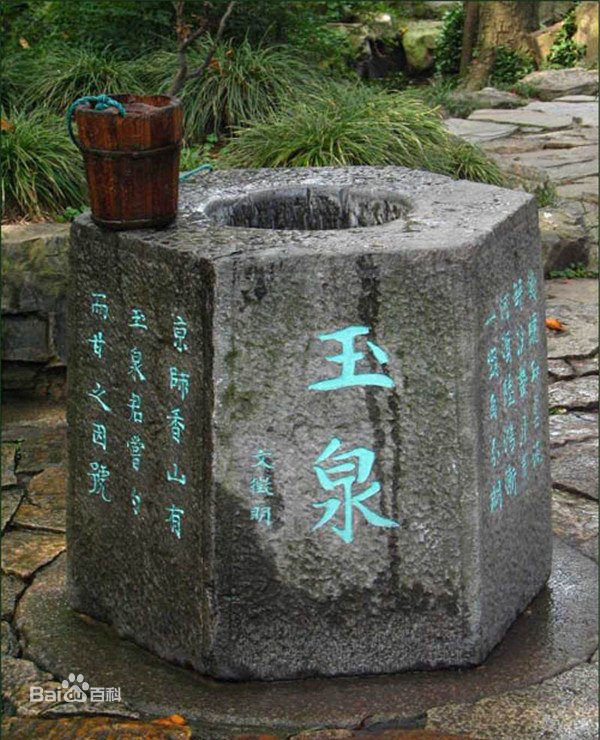
Located in Jade Spring Mountain in the west of the Summer Palace, this source of refreshing spring water was a sight that only the royal members could enjoy. Emperor Qianlong, the author of these stone tablets, praised it as the best spring in all of China, and left his tablet in a garden on the mountain.
Yuquan Hill (Jade Spring Hill) 玉泉山
Yuquanshan Road, Haidian District 海淀区玉泉山路
Daily 9am-5pm
卢沟晓月 lú gōu xiǎo yuè The glowing moon over Marco Polo Bridge

Marco Polo Bridge has another name that is more familiar to Chinese residents, 卢沟桥 Lúgōuqiáo Lu Gou Bridge. As one of the key waterways connecting Beijing to the rest of China, this bridge has witnessed countless travelers. For people who left Beijing by crossing this bridge, night had usually fallen by the time they reached it, and the hanging moon above would leave a deep impression on their mind. The tablet sits on the Beijing side of this bridge.
Marco Polo Bridge (Lu Gou Bridge) 卢沟桥
Wanpingcheng (15km SW of Beijing) Fengtai District 丰台区 宛平城 (8389 3919)
Daily 7am-7pm. RMB 20, RMB 10 (students)
居庸叠翠 jū yōng diécuì The layers of greens surrounding Juyong pass

Finally, we wrap up our trip at Beijing’s northwest border. Juyong Pass is one of nine famous passes in China and has guarded Beijing for hundreds of years. It is also known for its relatively rich vegetation in an otherwise drought-stricken city. Climbing to one of the lookout towers on the Great Wall for a summer view, you will feel like riding on a dragon that is resting on the ridgeline of this mountainous area. The inscribed tablet is placed in the southeast of Juyong Pass Fortress.
Juyongguan Great Wall 居庸关长城
South of Badaling Yanqing County 延庆县 八达岭南边 (6977 1665)
Daily 7.30am-5.30pm. RMB 40, RMB 20 (seniors, students), free (children below 1.2 m)
Read: Fecal Attractions: A Guide to Beijing's More Dubious Sights
Images: Sina, 163, Xinpianchang, Baike, 71.cn, Polayoutu, Shobserver, Qichengguolv


